Medicine details
| Image |  |
| Name | Lamitrin 25 |
| Dosage | Tablet |
| Generic Name | Lamotrigine |
| Classes |
Central Nervous System Agent Anticonvulsant / Antiepileptic Agent Psychotherapeutic Agent |
| Diseases |
Anxiety Bipolar Disorder Manic Mental Disorder Seizure |
| Company | ACI Limited |
Drug Package Details
| Strength | 25 mg |
| Storage Condition | |
| Origin Country | Bangladesh |
| Commercial Pack | 30 |
| Price per pack | ৳ 300.90 |
| Cost per pack | ৳ 264.79 |
| Package unit | 10 tabs strip |
| Price per unit | ৳ 10.03 |
| Cost per unit | ৳ 8.83 |
| Discount | 0 |
| Coupon | |
| Remarks |
Lamotrigine
Lamotrigine is an antiepileptic drug that belongs to the phenyltriazine class. Its mechanism of action involves modulation of voltage-gated sodium channels, leading to the stabilization of neuronal membranes and inhibition of the release of excitatory neurotransmitters, such as glutamate.
Lamotrigine is indicated for:
- Epilepsy-adjunctive therapy in patients aged 2 years and older:
-
- partial-onset seizures.
- primary generalized tonic-clonic seizures.
- generalized seizures of Lennox-Gastaut syndrome.
- Epilepsy-monotherapy in patients aged 16 years and older: Conversion to monotherapy in patients with partial-onset seizures who are receiving treatment with carbamazepine, phenytoin, phenobarbital, primidone, or valproate as the single AED.
- Bipolar disorder in patients aged 18 years and older: Maintenance treatment of bipolar I disorder to delay the time to occurrence of mood episodes in patients treated for acute mood episodes with standard therapy.
- Epilepsy: Most common adverse reactions in adults were dizziness, headache, diplopia, ataxia, nausea, blurred vision, somnolence, rhinitis, pharyngitis, and rash. Additional adverse reactions reported in children included vomiting, infection, fever, accidental injury, diarrhea, abdominal pain, and tremor.
- Bipolar disorder: Most common adverse reactions were nausea, insomnia, somnolence, back pain, fatigue, rash, rhinitis, abdominal pain, and xerostomia.
- Severe rashes with the potential for life-threatening outcomes or rash-related fatalities: Cease medication immediately at the initial indication of a rash, unless it is evidently unrelated to the drug.
- Fatal or life-threatening hypersensitivity reactions: Multiorgan hypersensitivity responses, recognized as drug reaction with eosinophilia and systemic symptoms (DRESS), may lead to fatality or life-threatening situations. Early symptoms may encompass a rash, fever, and lymphadenopathy. These reactions could involve other organs, such as the liver, resulting in hepatitis, hepatic failure, blood disorders, or acute multiorgan failure. If an alternative cause for this reaction cannot be identified, discontinue the use of Lamotrigine.
- Blood disorders (e.g., neutropenia, thrombocytopenia, pancytopenia): May manifest with or without an associated hypersensitivity syndrome. Keep vigilant for signs of anemia, unexpected infections, or bleeding.
- Suicidal tendencies and thoughts: Exercise caution and monitor for any indications of suicidal thoughts or behaviors.
- Clinical deterioration, onset of new symptoms, and suicidal thoughts or behaviors may be linked to the treatment of bipolar disorder. Rigorous monitoring, especially in the initial stages of treatment or during adjustments to dosage, is crucial.
- Aseptic meningitis: Stay vigilant for signs indicative of meningitis.
- Errors in medication administration due to confusion with product names: Strongly advise patients to visually inspect tablets to ensure the received medication is accurate.
Contraindication
Contraindicated in patients with hypersensitivity to the drug or its ingredients.
None known.
None known.
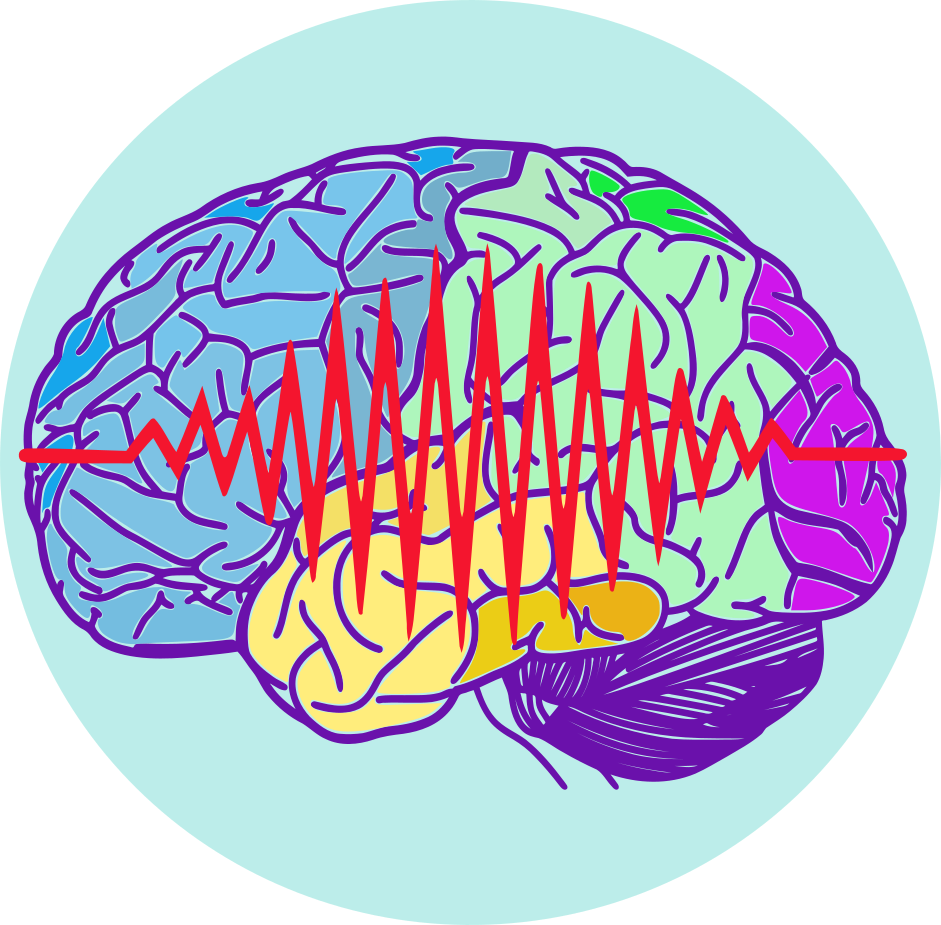
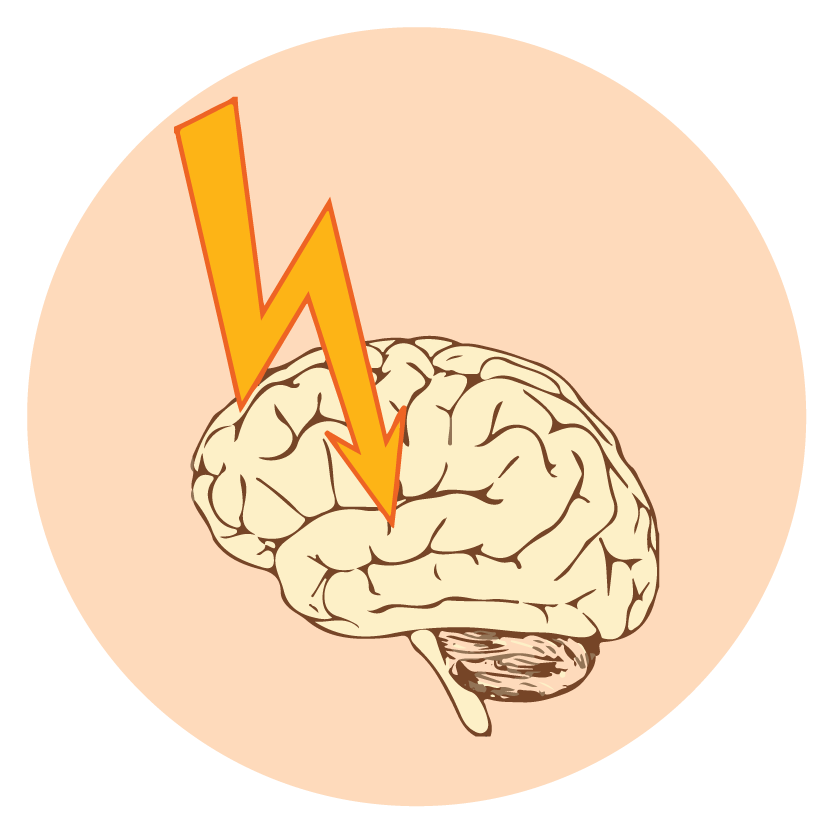
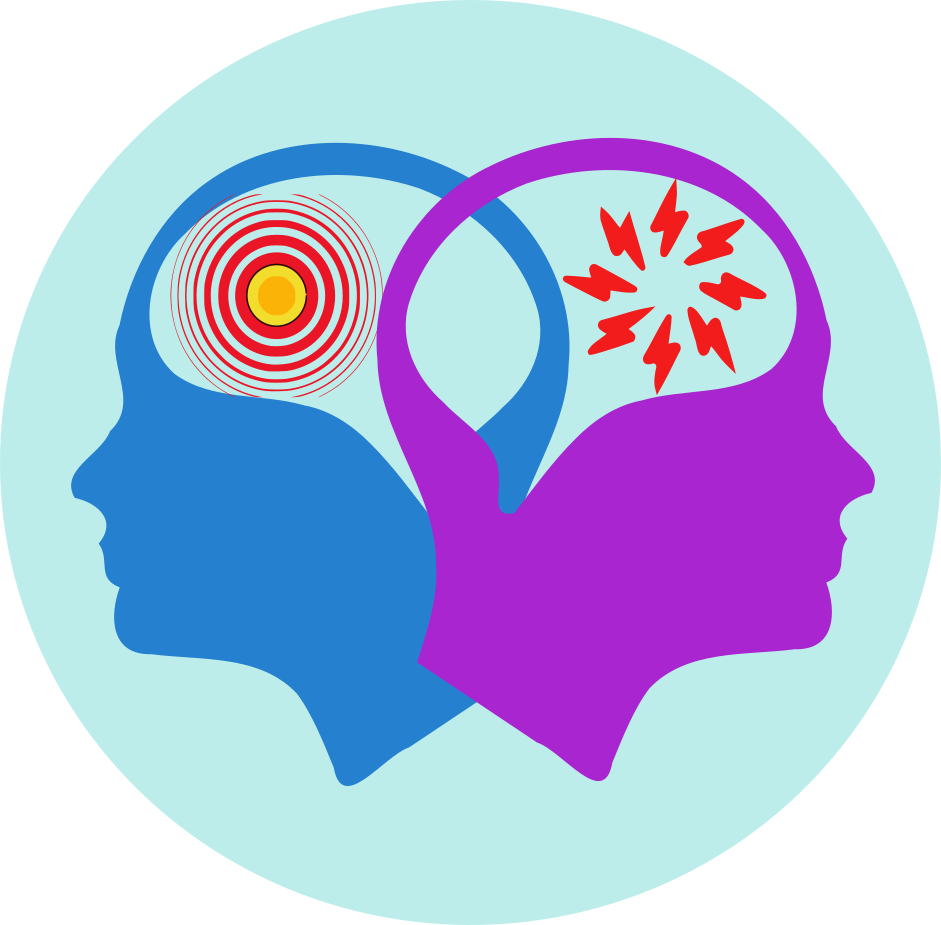
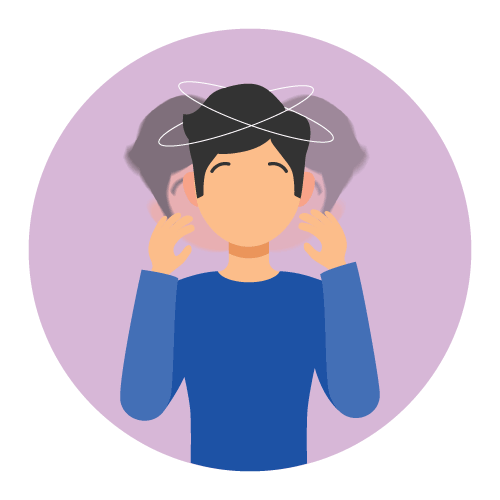
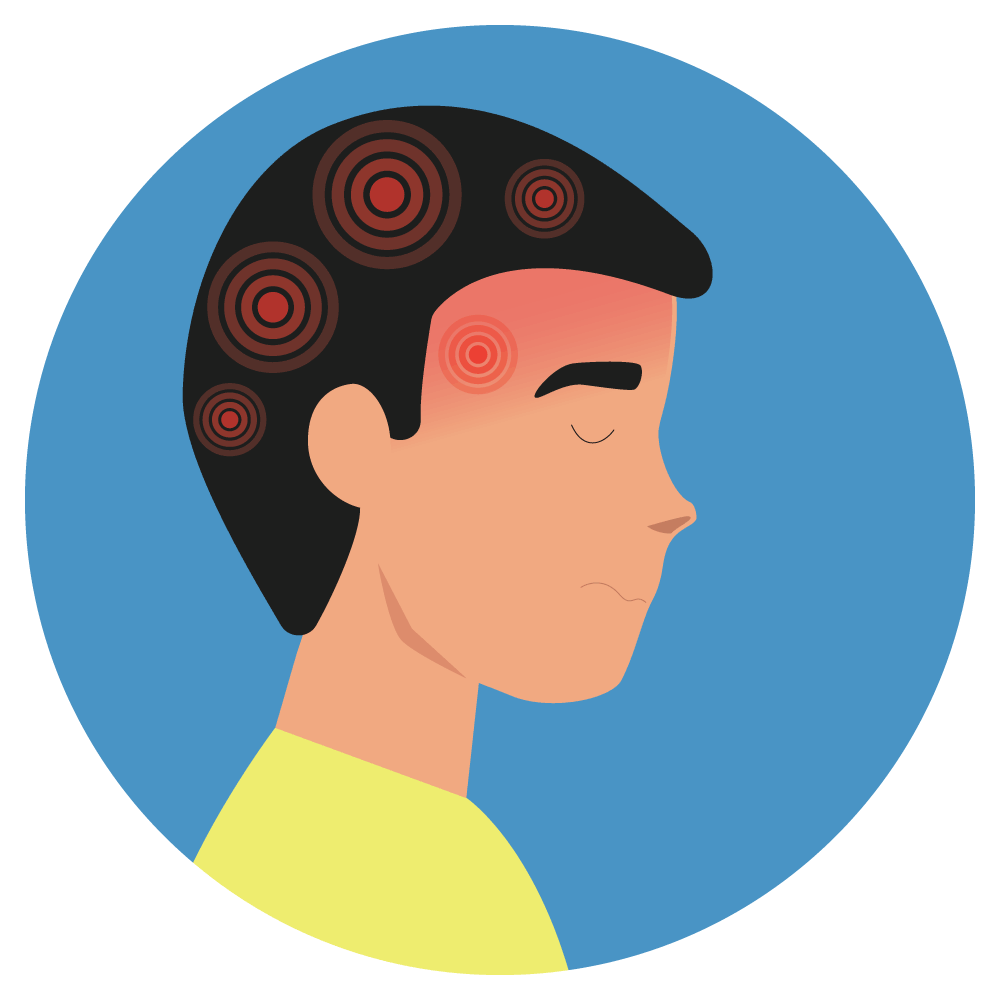
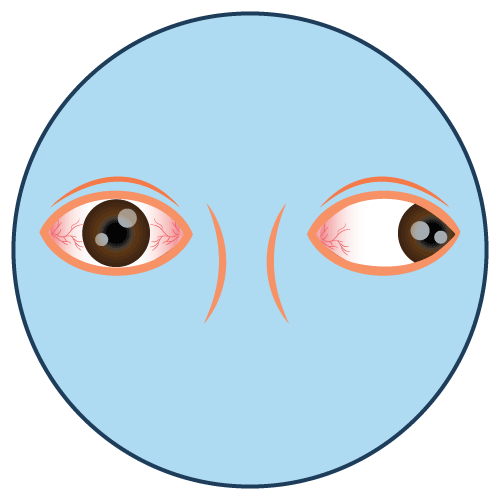

 Bangla
Bangla English
English